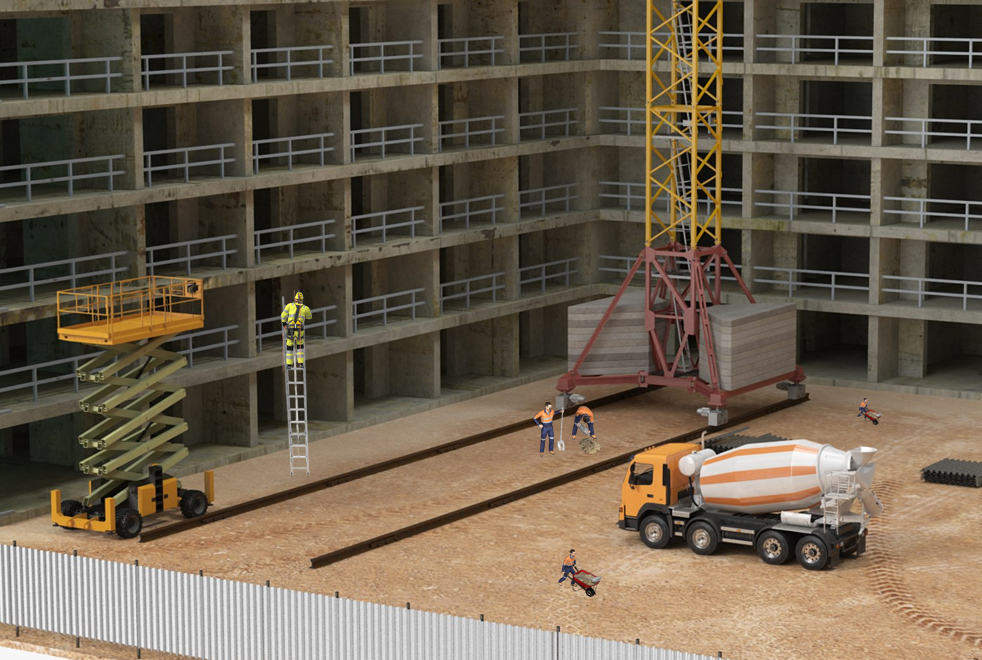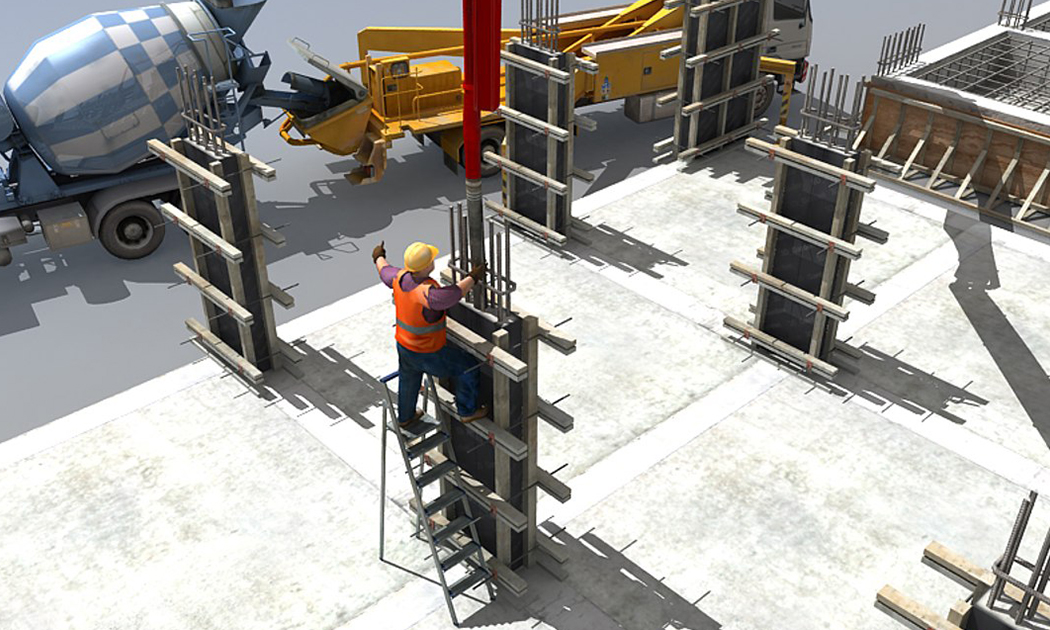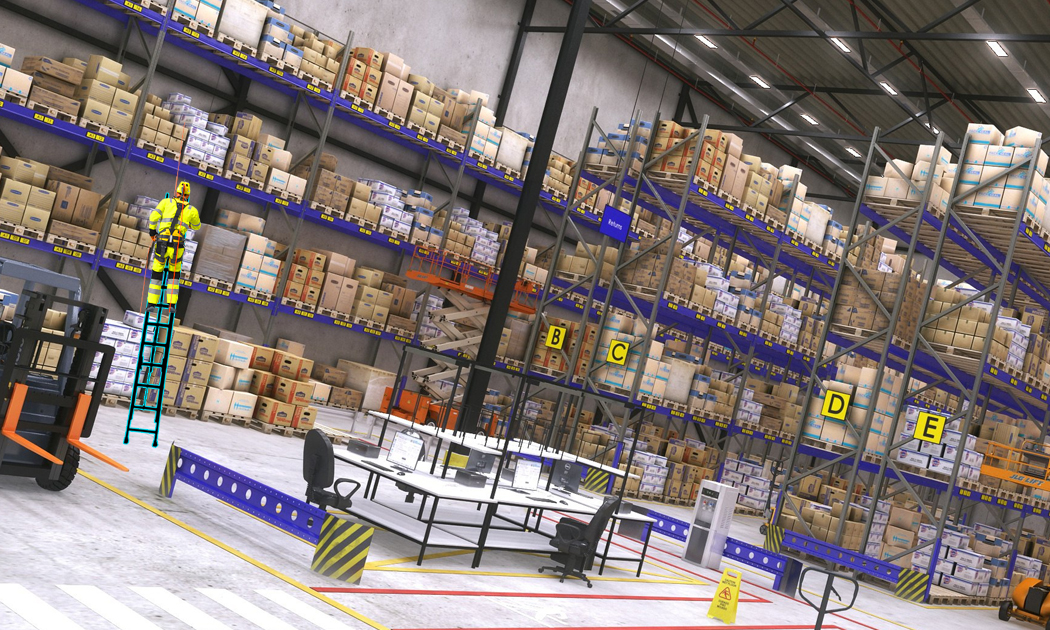An Introduction
Ladder safety is essential to prevent accidents and injuries when using ladders, whether at home, in the workplace, or any other setting. Falls from ladders can lead to serious injuries, so it's crucial to follow safety guidelines and best practices. Here are some key ladder safety tips.
Become A Partner



